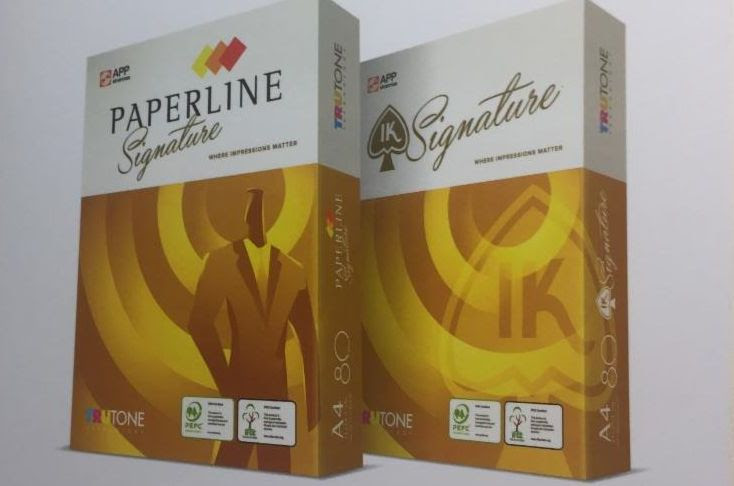
Products from Asia Pulp & Paper (APP) Sinar Mas, one of the biggest paper packaging companies in Asia. It proudly shows the PEFC label on its products, which verifies that they are Chain of Custody certified and come from Sustainably Managed Forests.
Feature article from the
Programme for the Endorsement of Forest Certification (PEFC)
2 March 2021
"Ecolabels are usually awarded by an impartial third party for specific products or services that have been independently determined to meet transparent criteria based on life cycle considerations, in contrast to other ‘green’ symbols, or claim statements developed by manufacturers and service providers." (Australian Government 2020 Sustainable Procurement Guide)
Why Certified Eco-Labels are important for Consumers, Retailers, Industry & Governments
What does an eco-label tell you about a product before you buy it?
If it has the PEFC label, it gives you the assurance that it comes from a sustainably managed forest and it's gone through a Chain of Custody certification process, with third party verification.
But more than that, national sustainable forest management requirements for PEFC, have 15 important criteria, including:
- Maintenance, conservation and enhancement of ecosystem biodiversity
- Protection of ecologically important forest areas
- Climate positive practices such as reduction of GHG emissions in forest operations.
PEFC has been recognised by the Australian Government as a 'trusted eco-label' in the 2020Sustainable Procurement Guide released by the Department for Environment. Whilst this publication is designed for government entities, it will ultimately have utility beyond government as large corporates often pick these up to reform or inform their own procurement guides and requirements.
Responsible Wood, representing PEFC in Australia and New Zealand, says this guide provides step-by-step guidance on how to consider sustainability in the different stages of the procurement process, from identifying the business need to the end of the contract, including review and reporting.
The United Nations Environment Programme (UNEP) says that with “eco-labels, we can select products and services according to specific environmental and social criteria:
“What this means is that as consumers, eco-labels guide our purchasing decisions by providing information about the ‘world’ behind the product. For businesses, eco-labels are a means of measuring performance and also communicating and marketing the environmental credentials of a given product. And for governments, crucially these tools encourage the behavioural change of producers and consumers towards long-term sustainability.”
When you see the PEFC label on a product, it means that it comes from a PEFC-certified forest. A PEFC-certified forest is a forest that is managed in line with the strictest environmental, social and economic requirements. A forest that will be around for generations to come.
Through PEFC certification, we can track the material from these forests, down the supply chain, to the final product that you buy. The mechanism to track the material is called chain of custody certification. Beyond ensuring that the material comes from a certified forest, it also protects the rights of workers along the production process.
Indonesia's leading pulp and paper producer Indah Kiat, for example, is one of that wisely displays the PEFC label on its paper products. Committed to preserving the environment and to contributing to the fight against global warming, Indah Kiat Serang's environmentally friendly operations are complemented by an extensive tree planting programme for the mill and it's vicinity.
Recognition of the PEFC label goes beyond procurement to investment decisions. PEFC achieved the highest ranking in the 2020 assessment against ASEAN’s Guidelines for Promoting Responsible Investment in Food, Agriculture and Forestry (ASEAN RAI), thanks to its coordinated national and regional approach. The ASEAN RAI Guidelines offer guidance on food, agriculture and forestry investments to agribusinesses, governments, financial institutions and producers.



